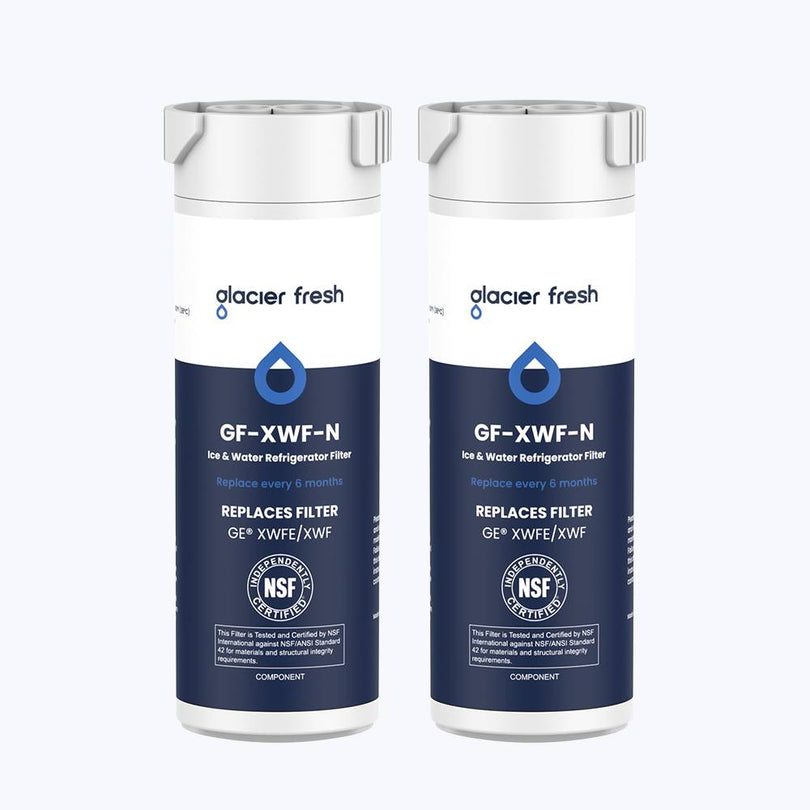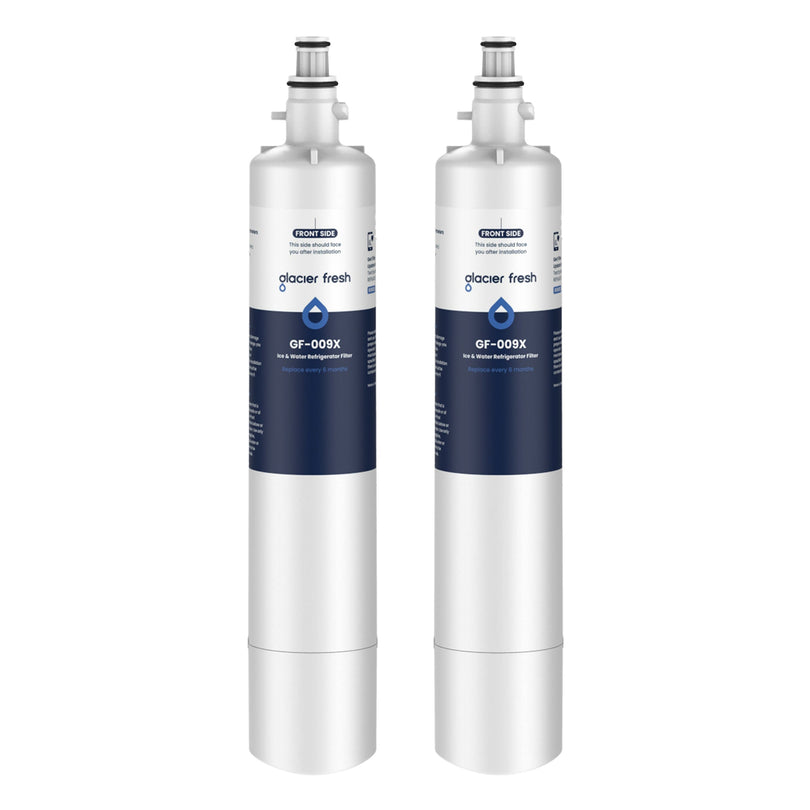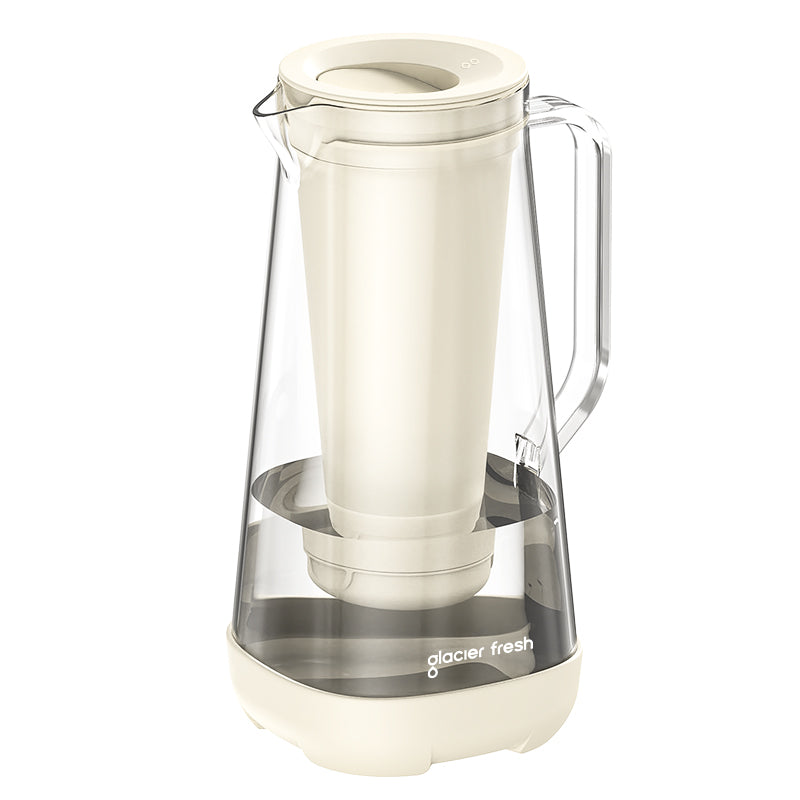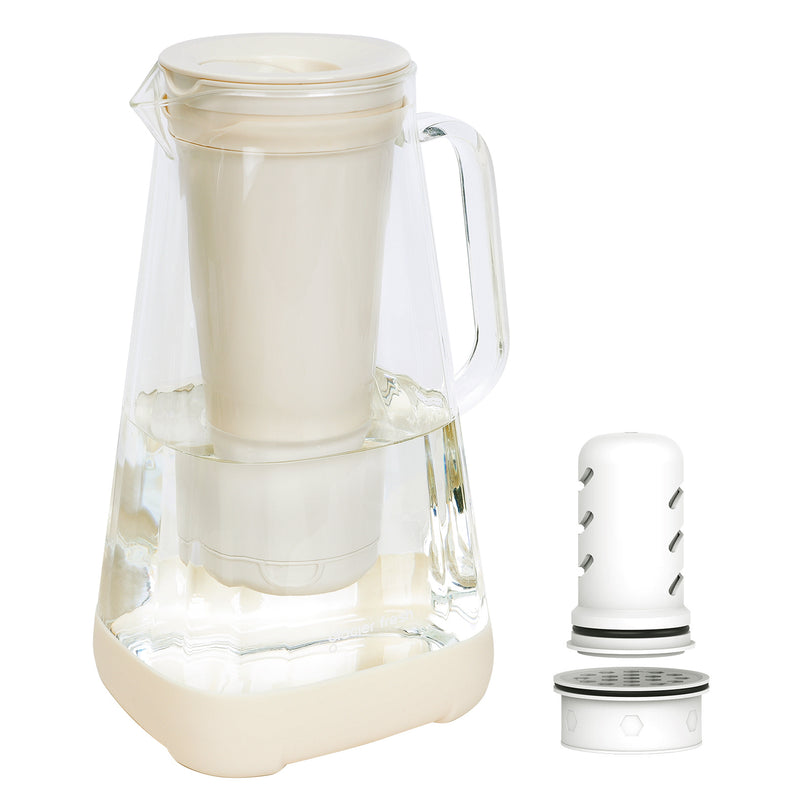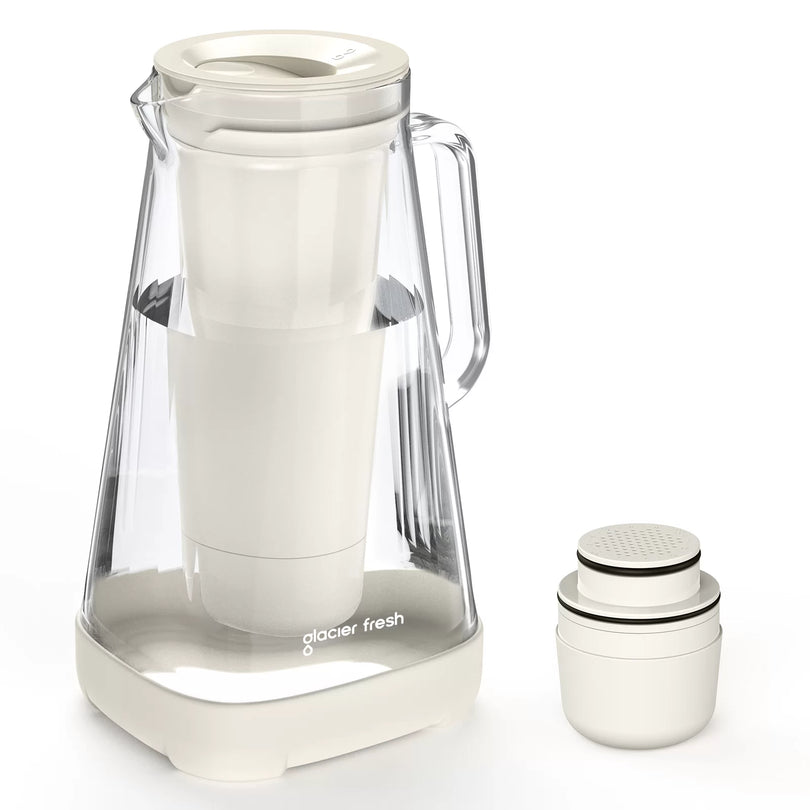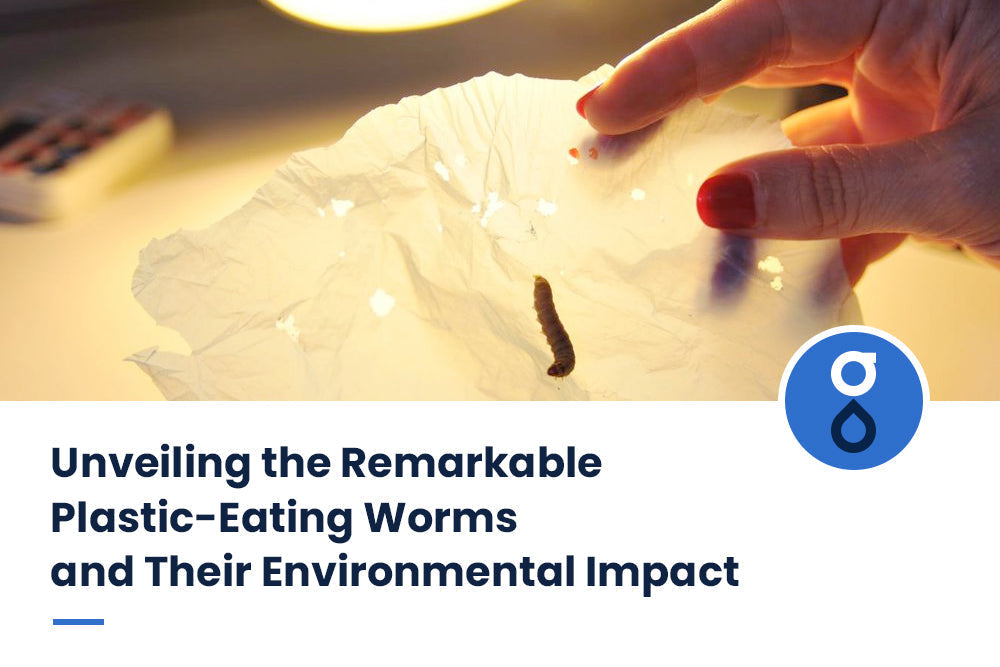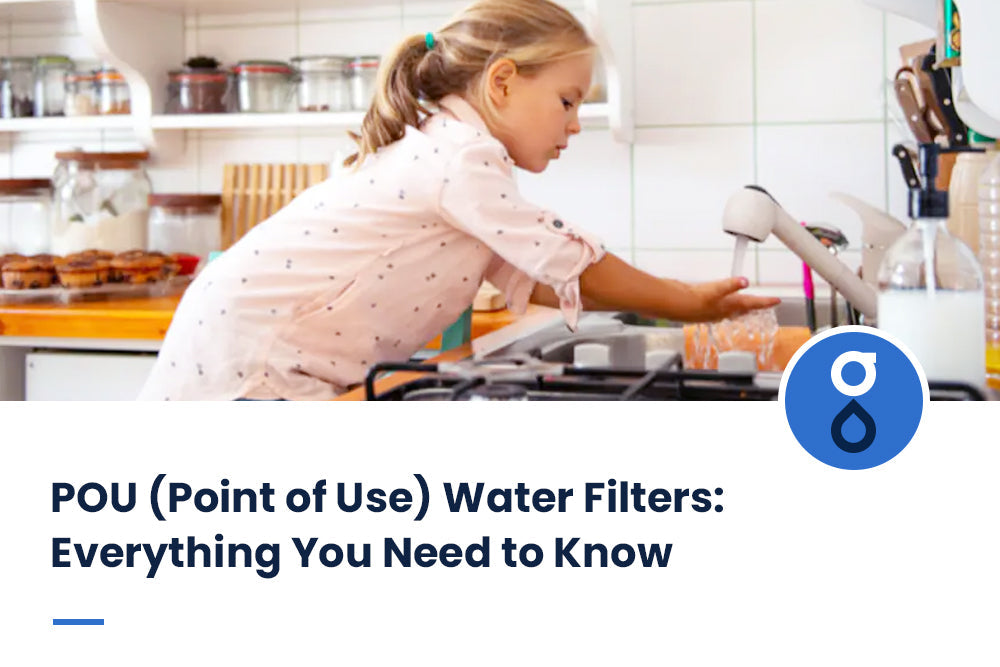Table of Contents:
Was sind plastikfressende Würmer?
Wo sind plastikfressende Würmer zu finden?
Wie funktionieren plastikfressende Würmer?
Die Vorteile der Verwendung von plastikfressenden Würmern
Mögliche Nachteile von Plastik fressenden Würmern
Sind plastikfressende Würmer eine praktikable Lösung?
FAQs
Abschluss
Wussten Sie, dass weltweit jedes Jahr über 300 Millionen Tonnen Plastik produziert werden? Das entspricht dem Gewicht der gesamten Menschheit! Leider wird nur ein winziger Prozentsatz dieses Plastikmülls recycelt, der Rest landet auf Mülldeponien oder in unseren Ozeanen, wo er Hunderte von Jahren braucht, um sich zu zersetzen.
Doch was wäre, wenn es eine Lösung für dieses globale Problem gäbe? Plastikfressende Würmer. Was sind Plastikfressende Würmer? Nun, es handelt sich um eine Raupenart mit der einzigartigen Fähigkeit, bestimmte Arten von Plastik zu fressen und zu zersetzen. Man hat festgestellt, dass diese Würmer Polyethylen fressen, eine Kunststoffart, die häufig für Einkaufstüten und Verpackungsmaterialien verwendet wird.
Die Entdeckung plastikfressender Würmer weckt die Hoffnung, einen Weg gefunden zu haben, Plastikmüll und seine schädlichen Auswirkungen auf die Umwelt zu reduzieren. Tauchen wir also tiefer in dieses faszinierende Thema ein und untersuchen wir die potenziellen Vor- und Nachteile des Einsatzes dieser Würmer zur Lösung unseres Plastikproblems.
Was sind plastikfressende Würmer?

Bei den plastikfressenden Würmern handelt es sich um Mehlwürmer, die Larven von Schwarzkäfern. Forscher haben herausgefunden, dass diese Mehlwürmer Polystyrol, einen häufig in Verpackungsmaterialien verwendeten Kunststoff, verzehren und zersetzen können. Die Einsatzmöglichkeiten dieser plastikfressenden Würmer sind vielfältig. Sie können dazu beitragen, die Plastikverschmutzung unserer Umwelt zu reduzieren, indem sie Plastikmüll in unschädliche Materialien zerlegen. Forschungsergebnisse haben gezeigt, dass Mehlwürmer bis zu 35 % ihres Gewichts an Polystyrol verzehren und biologisch abbaubare Abfälle ausscheiden können, die als Dünger verwendet werden können.
Dies trägt zur Reduzierung von Plastikmüll bei und stellt eine nachhaltige Lösung für die Abfallwirtschaft dar. Die Umweltauswirkungen von Plastikmüll sind ein wachsendes Problem, und plastikfressende Würmer könnten hier eine Wende bringen.
Die wirtschaftliche Machbarkeit eines großflächigen Einsatzes dieser Würmer wird jedoch noch erforscht. Für die zukünftige Entwicklung sind möglicherweise weitere Tests und Optimierungen des Verfahrens erforderlich, um die Sicherheit und Wirksamkeit des Einsatzes dieser Würmer im Kunststoffabfallmanagement zu gewährleisten.
Wo sind plastikfressende Würmer zu finden?
Diese zappeligen Kreaturen können an überraschenden Orten entdeckt werden, wo sie Materialien fressen, deren Zersetzung sonst Jahrhunderte dauern würde. Plastikfressende Würmer sind keine gewöhnlichen Regenwürmer. Es handelt sich um eine spezielle Mehlwurmart, die speziell für die Ernährung mit Polyethylen gezüchtet wurde, einem Kunststoff, der häufig in Einkaufstüten und Verpackungsmaterialien vorkommt. Man könnte meinen, diese Würmer gäbe es nur in Laboren, doch sie wurden auch anderswo gesichtet.
Hier sind drei Orte, an denen plastikfressende Würmer gefunden wurden:
1. Recyclingzentren: Diese Anlagen sind für die Verarbeitung und Sortierung von recycelbaren Materialien konzipiert. Einige Forscher haben plastikfressende Würmer in die Anlage eingeführt, um zu prüfen, ob sie dazu beitragen können, Plastikmüll effizienter zu zersetzen.
2. Mülldeponien: Leider landet ein Großteil unseres Plastikmülls auf Mülldeponien, wo er Hunderte von Jahren liegen bleiben kann, bevor er verrottet. Auf einigen Deponien wurden jedoch plastikfressende Würmer gefunden, was Forschern Hoffnung macht, dass diese den Abbauprozess von Plastikmüll beschleunigen könnten.

3. Forschungseinrichtungen: Plastikfressende Würmer kommen auch in Forschungseinrichtungen vor, wo Wissenschaftler ihr Verhalten und ihre Fähigkeiten untersuchen. Diese Einrichtungen sind oft die ersten Orte, an denen Entdeckungen gemacht und getestet werden, bevor sie der breiten Öffentlichkeit vorgestellt werden.
Wie funktionieren plastikfressende Würmer?
Um zu verstehen, wie diese bemerkenswerten Lebewesen ihre Magie entfalten, sollten Sie mehr über die Enzyme erfahren, die sie produzieren, und darüber, wie sie Plastik abbauen.
Die plastikfressenden Würmer, auch Wachswürmer genannt, produzieren ein Enzym namens Polyethylenase. Dieses Enzym kann die chemischen Bindungen in Polyethylen, dem am häufigsten in Einweg-Plastiktüten vorkommenden Kunststoff, aufspalten. Der Mechanismus, der diese Würmer zum Plastikfressen befähigt, ist faszinierend. Das Enzym Polyethylenase zerlegt die langkettigen Polyethylenmoleküle in kürzerkettige Moleküle, die die Würmer als Nahrungsquelle nutzen können.
Diese einzigartige Fähigkeit der Würmer, Kunststoffe biologisch abzubauen, bietet das Potenzial, die Umweltauswirkungen von Plastikmüll zu verringern. Obwohl plastikfressende Würmer vielversprechende Lösungen für das Plastikmüllproblem bieten, ist es wichtig zu beachten, dass sie keine vollständige Lösung darstellen.
Alternative Lösungen, wie biologisch abbaubare Kunststoffe, müssen ebenfalls erforscht werden. Weitere Forschung ist zudem erforderlich, um das volle Ausmaß der Umweltauswirkungen dieser Würmer und ihre Wirksamkeit beim Abbau anderer Kunststoffarten zu verstehen. Zukünftige Forschung auf diesem Gebiet ist entscheidend für die Entwicklung einer nachhaltigen Lösung des Plastikmüllproblems.
Die Vorteile der Verwendung von plastikfressenden Würmern

Die Vorteile des Einsatzes von plastikfressenden Würmern sind enorm. Diese Würmer können eine Vielzahl von Kunststoffen fressen, darunter Polyethylen , das häufig in Verpackungsmaterialien verwendet wird, und Polystyrol , das in Schaumstoffbechern und Take-away-Behältern verwendet wird. Darüber hinaus sind sie umweltfreundlich und geben beim Zersetzungsprozess keine schädlichen Gase oder Nebenprodukte ab. Das macht sie zu einer nachhaltigen Lösung zur Abfallreduzierung.
Insgesamt ist der Einsatz von plastikfressenden Würmern ein Schritt in die richtige Richtung für eine nachhaltigere Zukunft. Der Einsatz dieser Würmer kann Plastikmüll reduzieren und die Auswirkungen der Plastikverschmutzung auf die Umwelt verringern. Es ist wichtig, weiterhin nach alternativen Lösungen für unsere Plastikmüllkrise zu suchen, und plastikfressende Würmer sind eine spannende und vielversprechende Option. Arbeiten wir gemeinsam für eine sauberere, grünere und nachhaltigere Welt.
Mögliche Nachteile von Plastik fressenden Würmern
Obwohl plastikfressende Würmer eine nachhaltige Lösung zur Reduzierung von Plastikmüll darstellen, müssen potenzielle Nachteile berücksichtigt werden. Eine der Hauptsorgen sind die Umweltauswirkungen der Freisetzung dieser Würmer in die freie Natur.
Sie können zwar Plastik effektiv abbauen, können aber auch das natürliche Ökosystem stören, wenn sie anfangen, andere Materialien zu fressen oder einheimische Arten zu verdrängen. Werden die Würmer nicht richtig eingedämmt, können sie sich zudem in Gebiete ausbreiten, in denen sie nicht vorkommen sollen, was unbeabsichtigte Folgen haben kann.
Ein weiteres potenzielles Problem im Zusammenhang mit plastikfressenden Würmern sind ethische Bedenken. Zwar mag es human erscheinen, sich mit Plastikmüll zu befassen, doch das Wohlergehen der Würmer muss unbedingt berücksichtigt werden. Es besteht das Risiko, dass diese Würmer gentechnisch verändert werden, um sie beim Abbau von Plastik effektiver zu machen, was Fragen zur Ethik der genetischen Veränderung lebender Organismen aufwirft. Es ist zudem möglich, dass die Zucht und Haltung dieser Würmer im großen Stil negative Folgen für ihr Wohlergehen haben könnte.
Schließlich ist es wichtig, die Wirksamkeit und langfristige Nachhaltigkeit plastikfressender Würmer zu bewerten. Sie stellen zwar eine vielversprechende Lösung zur Reduzierung von Plastikmüll dar, es muss jedoch sichergestellt werden, dass sie Plastik effektiv abbauen und ihr Einsatz keine unbeabsichtigten Folgen hat.
Darüber hinaus muss die öffentliche Wahrnehmung des Einsatzes von Würmern zum Abbau von Plastik berücksichtigt werden. Wenn die Menschen mit der Idee, lebende Organismen zur Abfallreduzierung einzusetzen, nicht einverstanden sind, sind plastikfressende Würmer auf lange Sicht möglicherweise keine praktikable Lösung.
Sind plastikfressende Würmer eine praktikable Lösung?
Plastikfressende Würmer könnten einen erheblichen Beitrag zur Reduzierung von Plastikmüll und zur Rettung unseres Planeten leisten. Laufende Studien müssen die Machbarkeit des Einsatzes dieser Würmer noch klären, erste Tests haben jedoch positive Ergebnisse gezeigt. Hier sind einige Gründe, warum plastikfressende Würmer eine praktikable Lösung sein könnten:
- Alternativen aus Plastik sind, insbesondere in Entwicklungsländern, nur teilweise leicht verfügbar oder für jedermann erschwinglich. Plastikfressende Würmer bieten eine leichter zugängliche und kostengünstigere Lösung zur Reduzierung von Plastikmüll.
- Recyclingmethoden sind nicht immer effizient und effektiv, da nicht alle Kunststoffarten recycelt werden können. Kunststofffressende Würmer können eine Vielzahl von Kunststoffen zersetzen, auch solche, die schwer zu recyceln sind.
- Die Umweltauswirkungen von Plastikmüll sind verheerend, da er unsere Ozeane verschmutzt und der Tierwelt schadet. Plastikfressende Würmer bieten eine nachhaltige Lösung, um Plastikmüll zu reduzieren und seine negativen Umweltauswirkungen deutlich zu mildern.
Plastikfressende Würmer bieten zwar eine vielversprechende Lösung, es ist jedoch wichtig zu beachten, dass es sich hierbei nicht um eine Universallösung handelt. Auch staatliche Maßnahmen und die Verantwortung der Verbraucher spielen eine entscheidende Rolle bei der Reduzierung von Plastikmüll. Regierungen können Vorschriften erlassen, um Plastikalternativen zu fördern und eine verantwortungsvolle Abfallbewirtschaftung zu unterstützen. Auch Verbraucher können etwas bewirken, indem sie ihren Plastikverbrauch reduzieren und Plastikmüll ordnungsgemäß entsorgen.
FAQs
Welche Art von Kunststoff können plastikfressende Würmer verdauen?
Plastikfressende Würmer können Polyethylen verdauen, also etwa 40 % des weltweit produzierten Plastiks.
Gibt es potenzielle Gesundheitsrisiken im Zusammenhang mit plastikfressenden Würmern?
Eines der größten Gesundheitsprobleme ist die Toxizität der Abbauprodukte von Plastik. Wenn diese Würmer Plastik zersetzen, setzen sie giftige Chemikalien frei, die Menschen oder andere Lebewesen schädigen können.
Wie lange brauchen plastikfressende Würmer, um Plastik zu verdauen?
Diese plastikfressenden Würmer können ein einzelnes Stück Plastik in knapp einer Stunde verdauen. Der Verdauungsprozess beinhaltet einen mikrobiellen Abbau, d. h. der Kunststoff wird von Mikroorganismen im Darm des Wurms zersetzt.
Abschluss
Jetzt wissen Sie also über plastikfressende Würmer Bescheid. Diese Lebewesen können Plastikmüll verzehren und so möglicherweise unsere Auswirkungen auf die Umwelt reduzieren. Auch wenn sie wie eine Wunderlösung erscheinen, ist es wichtig zu bedenken, dass sie kein Allheilmittel sind. Sie bieten zwar eine mögliche Lösung, aber wir müssen auch die Grundursache der Plastikverschmutzung bekämpfen, indem wir unseren Plastikverbrauch reduzieren und die Abfallwirtschaft verbessern.
Plastikfressende Würmer symbolisieren Hoffnung in einer Welt, in der wir uns den Umweltproblemen oft machtlos gegenübersehen. Sie erinnern uns daran, dass selbst kleine Lebewesen einen großen Einfluss haben können und dass jeder von uns die Macht hat, etwas zu verändern.
Informieren wir uns also weiterhin über innovative Lösungen wie diese Würmer und unterstützen wir sie. Gleichzeitig wollen wir auch in unserem eigenen Leben unseren Plastik-Fußabdruck reduzieren. Gemeinsam können wir eine bessere Zukunft für uns und den Planeten schaffen.



